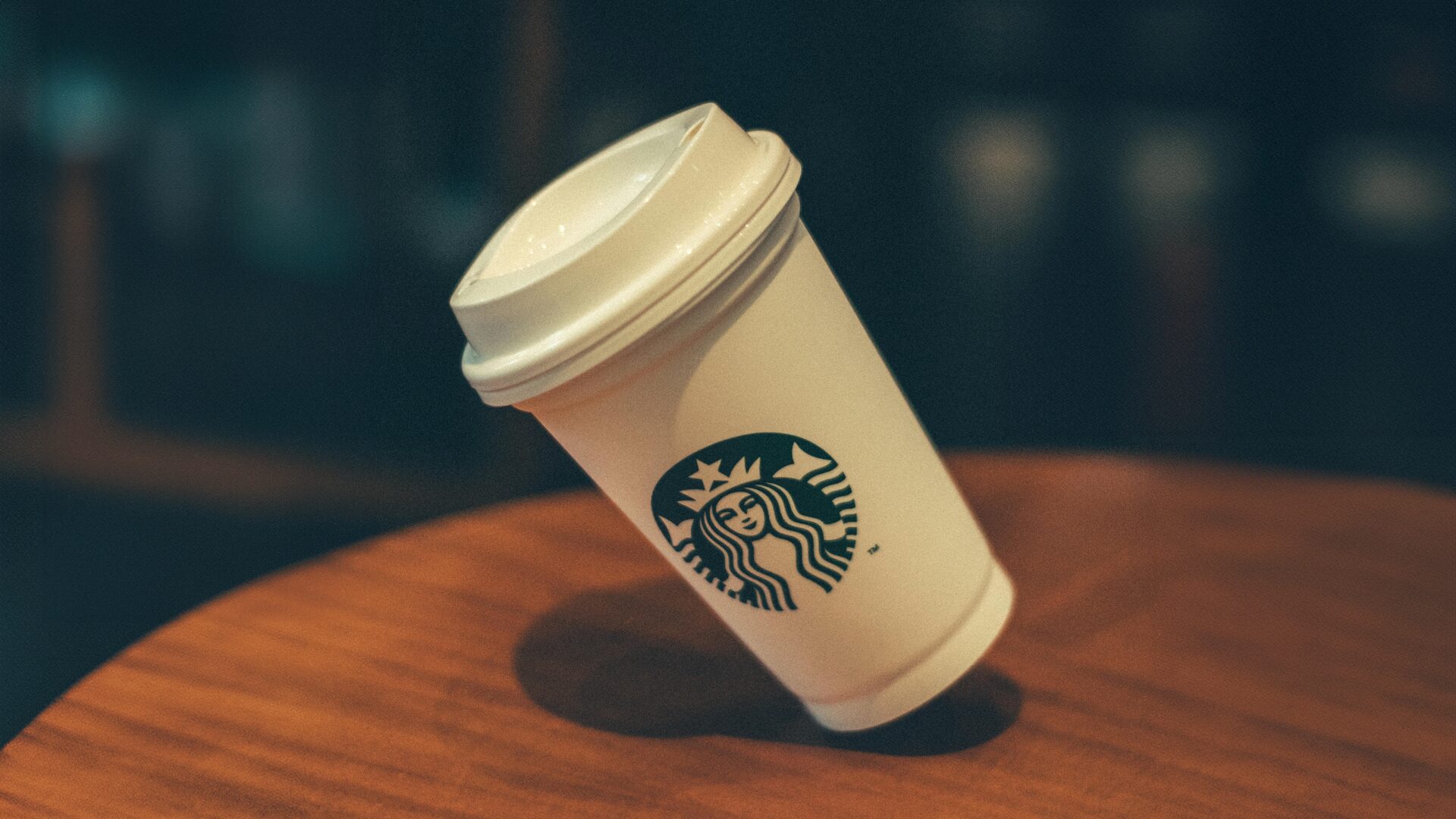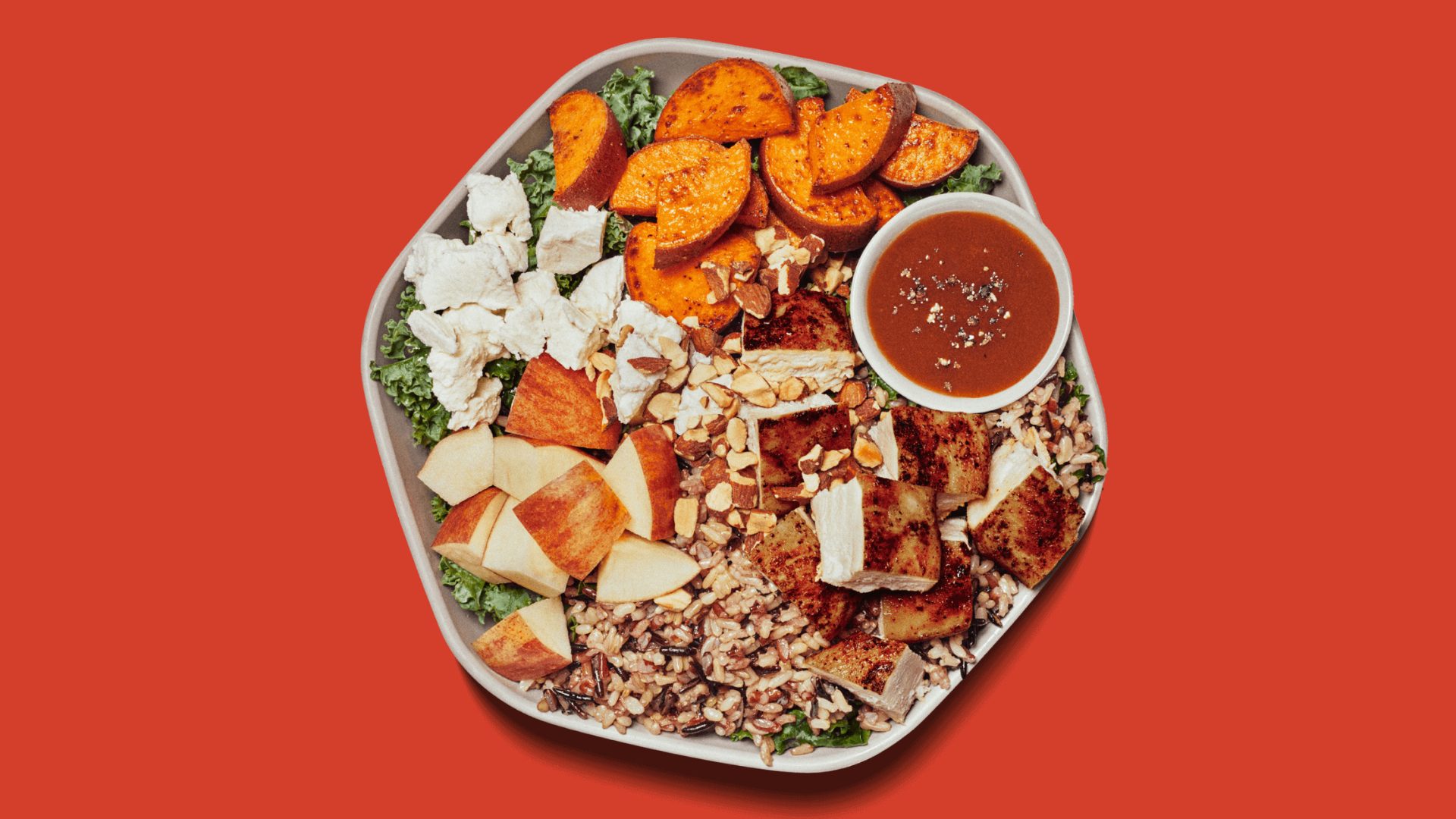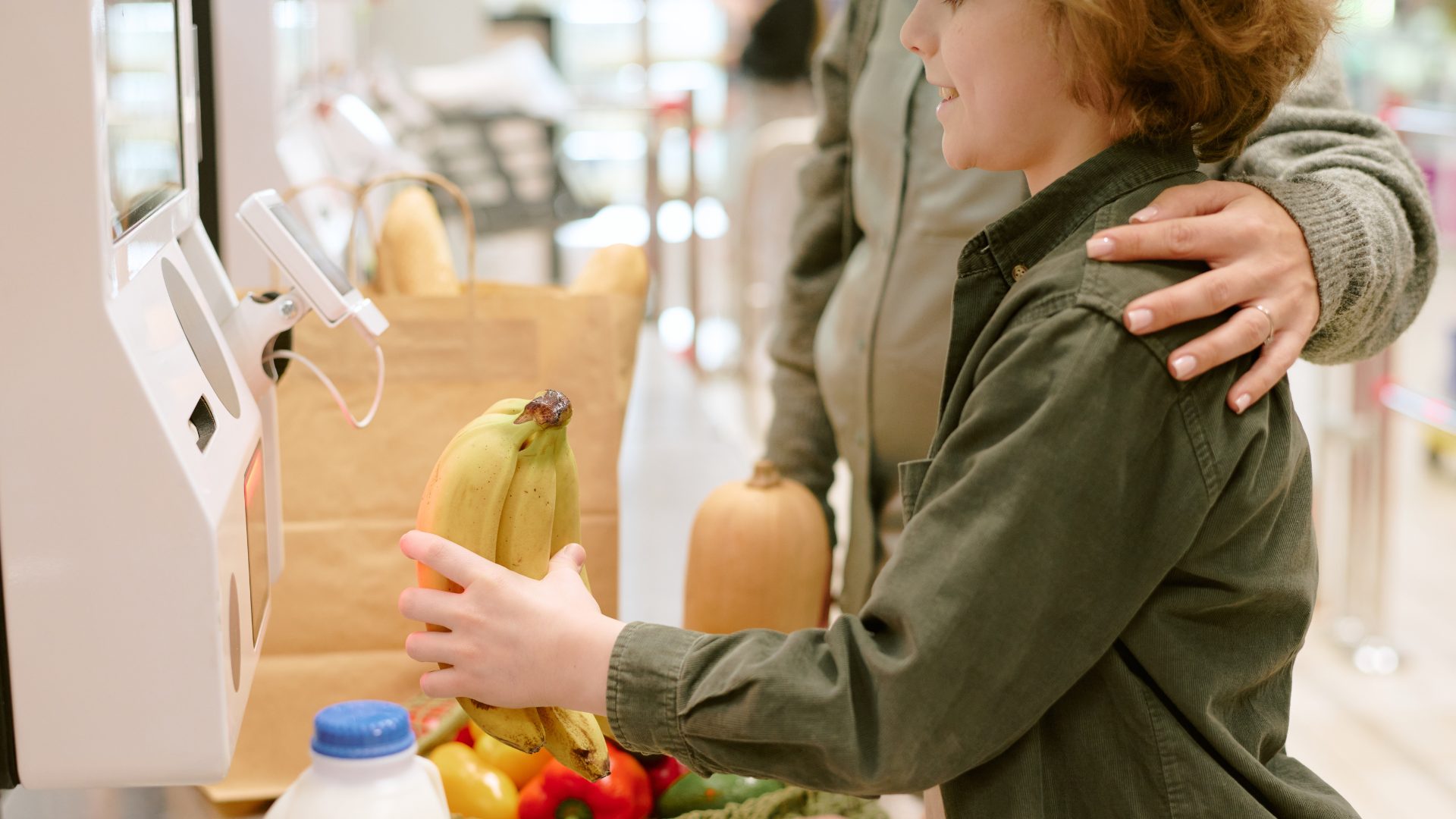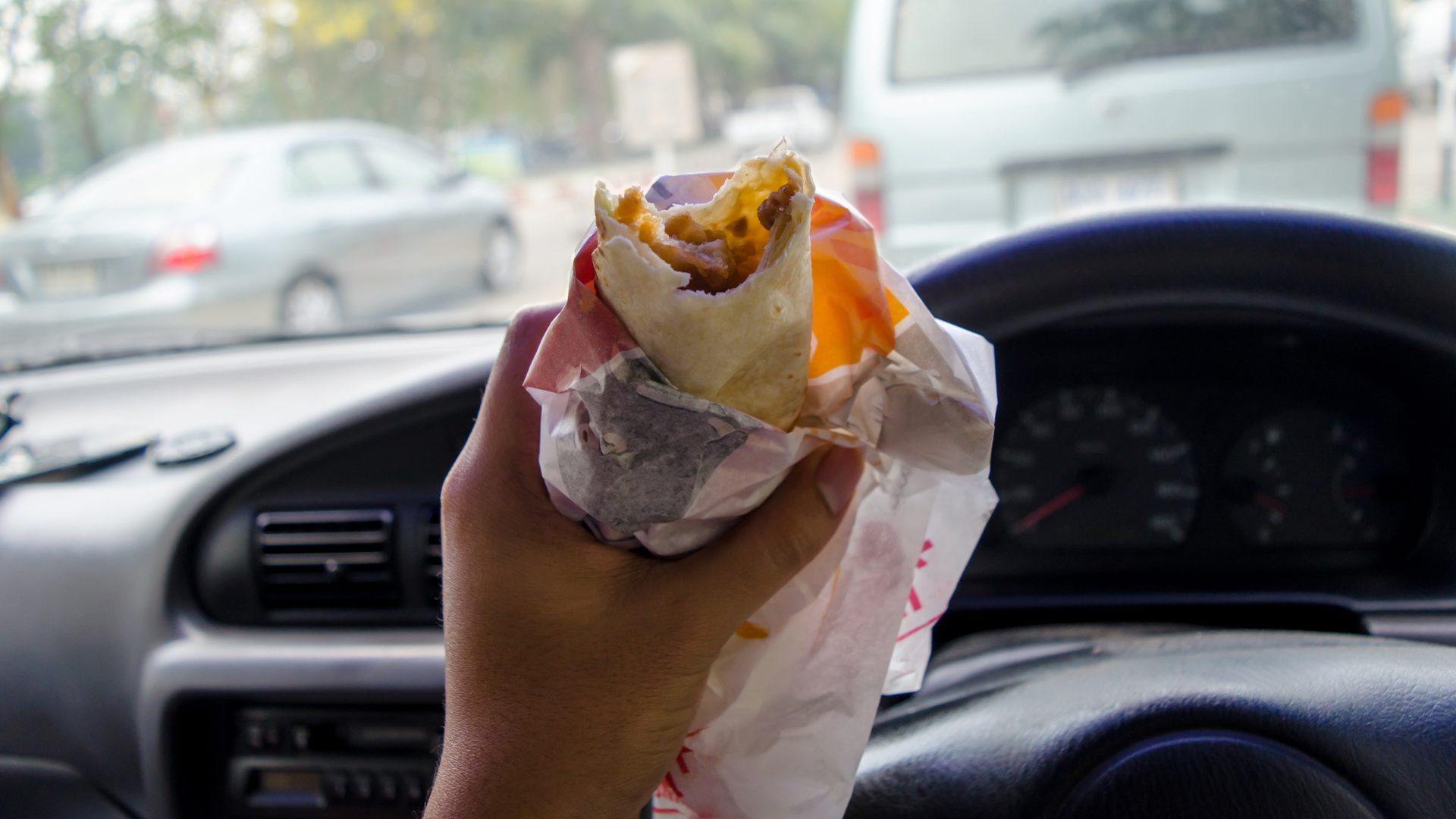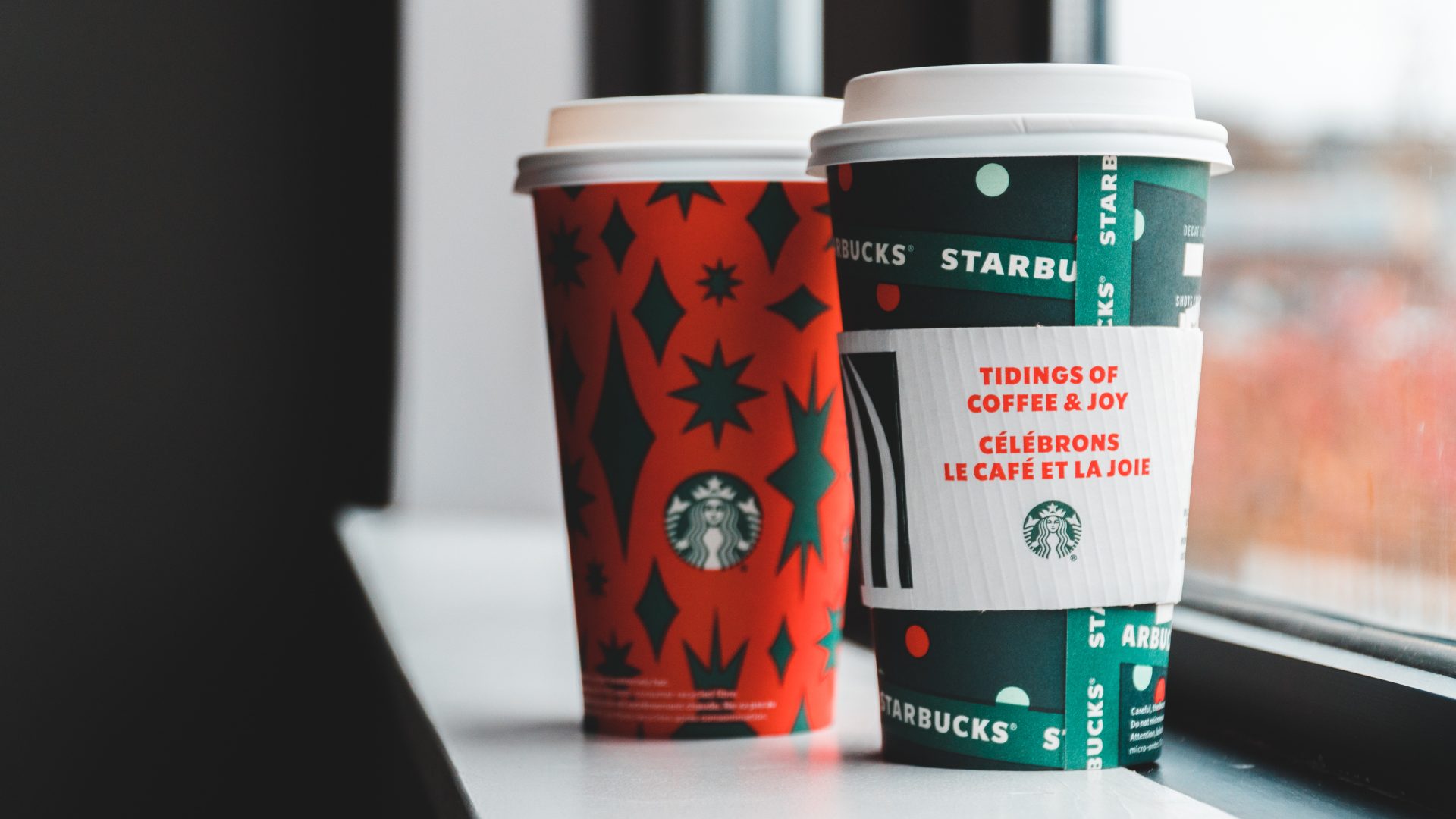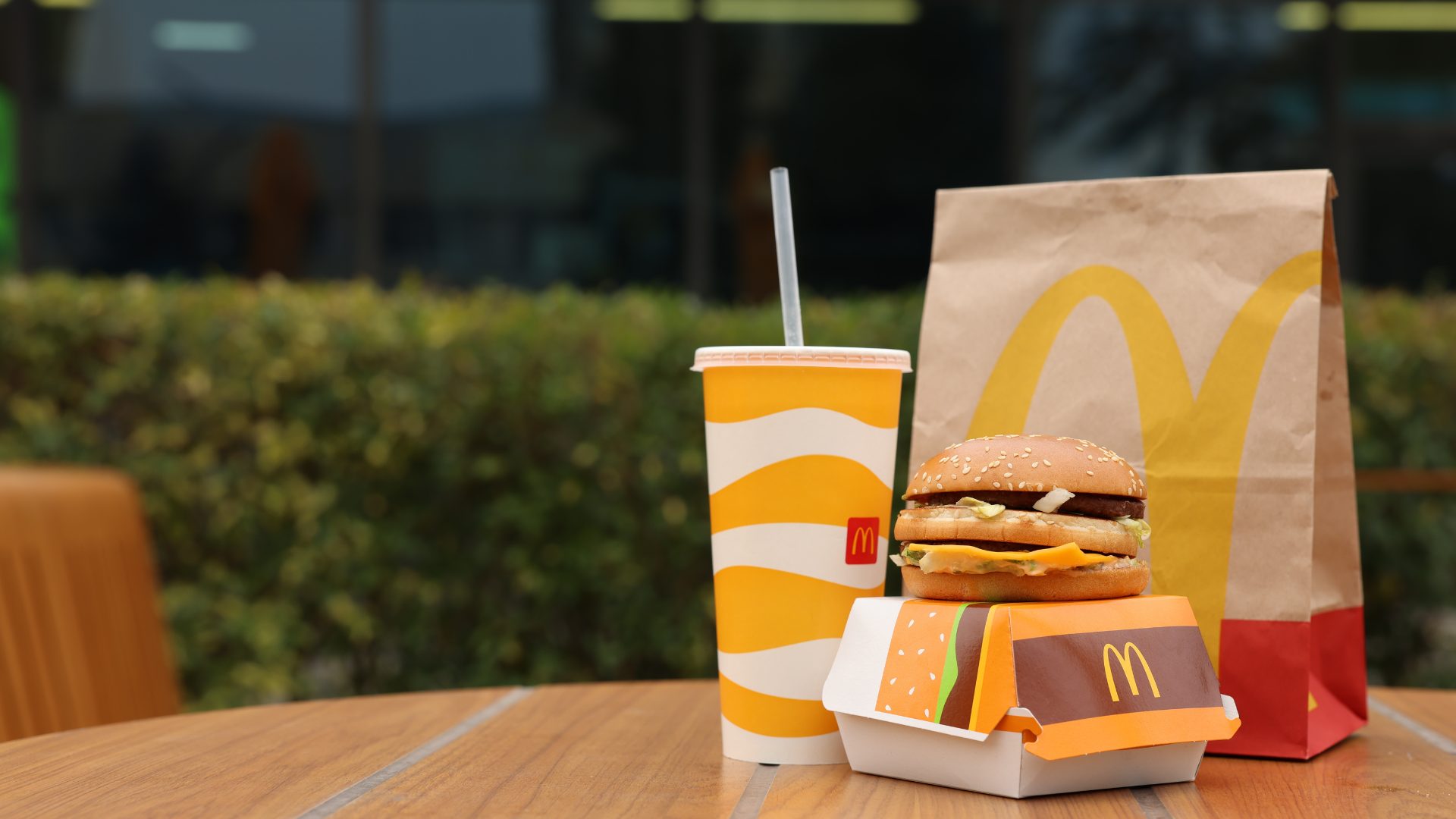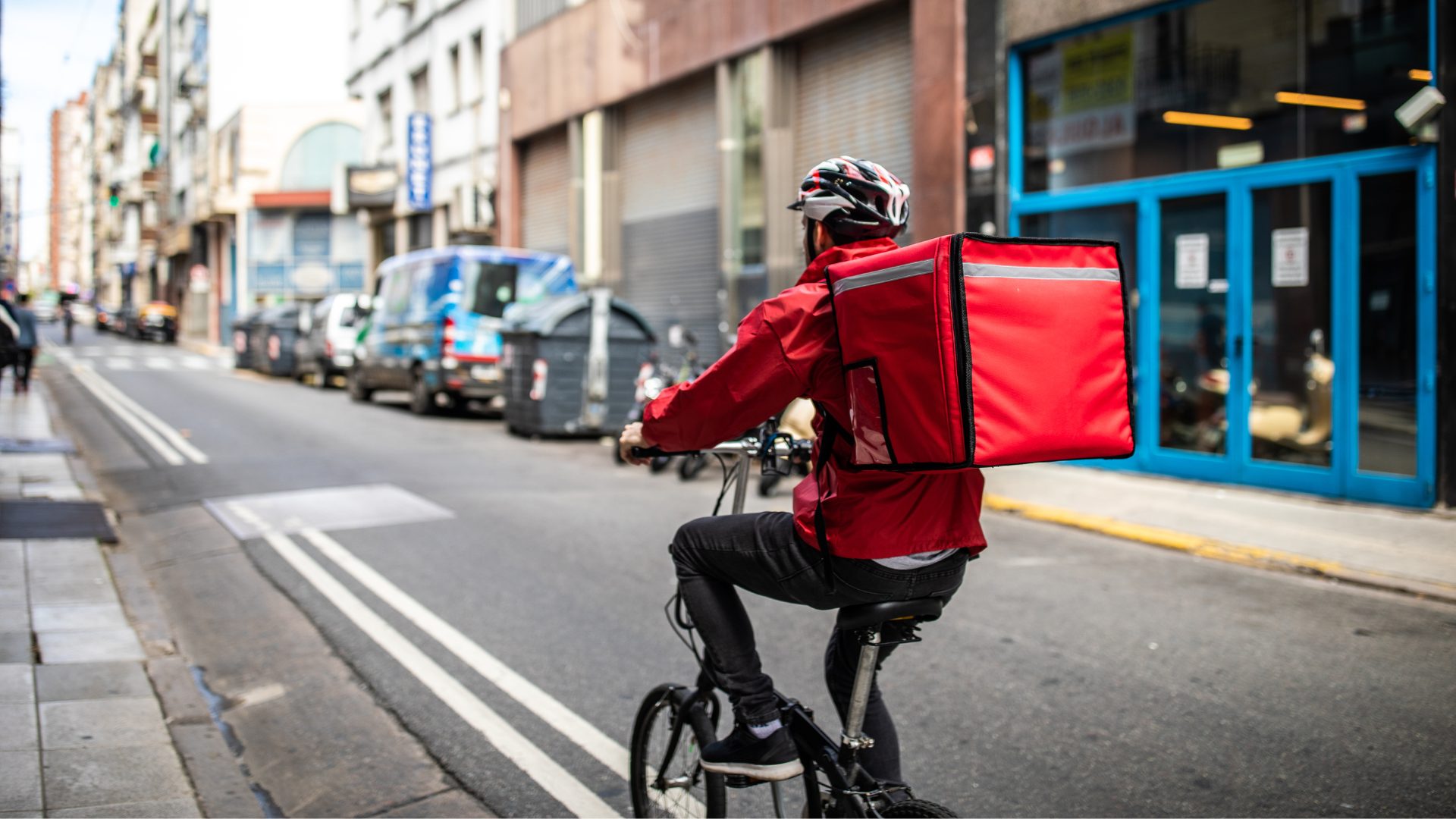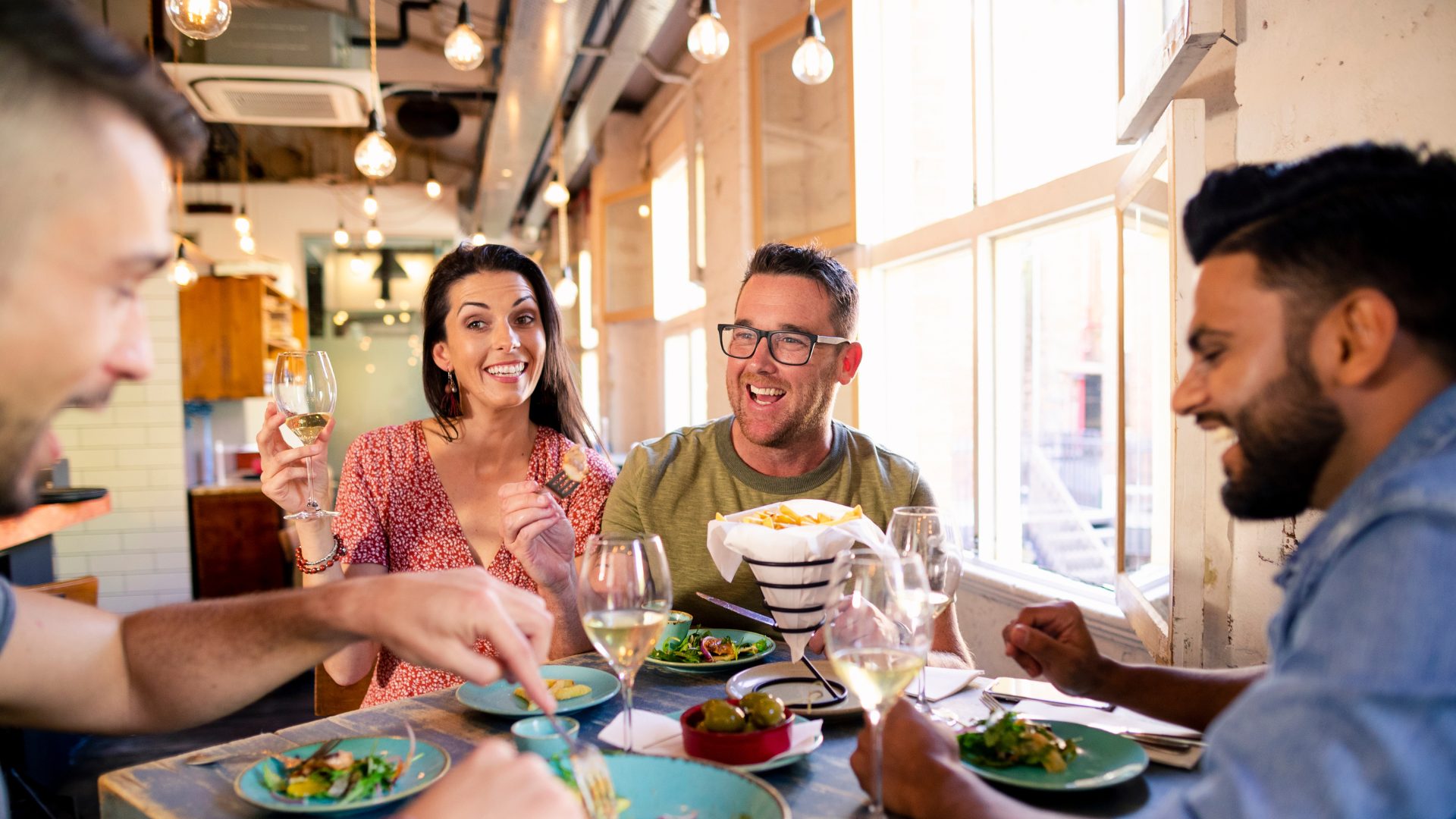Brian Niccol has been CEO of Starbucks for just over a fiscal quarter, but in this short time, he’s already spearheaded more radical change than his predecessor, Laxman Narasimhan, who was ousted late last year.
Fresh off a coup, tensions are high.
Niccol’s approach endeavors to resuscitate a brand mired by stagnation: for the fourth consecutive quarter, same-store sales fell, this time by 4%, supported by an overall 6% store visit drop. Even so, consolidated revenue met the café chain’s expectations, reaching $9.4 billion.
The radical “back to the basics” strategy eschews the earlier digital-first efforts to cater to omnichannel consumers. The brand worries that, in offering a modern experience, it has lost much of what made it tick. In a recent Q1 conference call, Niccol lamented the loss of the company’s “coffeehouse” feel.
“Over the past 4 months, we’ve been focused on getting ‘Back to Starbucks,’” explained Niccol, according to Fortune. “We believe it’s the fundamental change in strategy we needed to solve our underlying issues, restore confidence in our brand, and return the business to sustainable long-term growth.”
The Schultz Threat
A conversation about Starbucks undeniably leads to Howard Schultz, who started working for the chain in 1982 and has since boomeranged back twice after first stepping down as CEO in 2000. He was a pivotal force in turning the company into an international success, and in facilitating the domestic “third wave” coffee movement that got Americans excited about specialty coffee.
He is currently the company’s largest individual shareholder, with at least $2.4 billion invested as of Feb. 11. It’s safe to say, he has a lot to lose if Starbucks goes south.
This time around, however, a hypothetical Schultz intervention may not be as beneficial as in the past. Last October, the National Labor Relations Board ruled that Shultz unlawfully invited an employee to quit after they raised unionization-related issues, the Los Angeles Times reported.
Similar accounts of union-busting strategies may have factored into the ex-CEO’s decision to step down two weeks early, in advance of Narasimhan taking the reins in 2023. But before Shultz left, he introduced a line of olive-oil-infused “Oleato” beverages inspired by Italian culture, that was met with mixed reviews, then later scrapped at the end of 2024.
A Starbucks spokesperson told CNBC that, although the decision to discontinue the products predated Niccol, it aligns with the CEO’s menu simplification strategy.
All this is to say, if Niccol fails to steer Starbucks back on track with his unique approach, Schultz may not be able to navigate the café giant as adeptly as his earlier endeavors.
Tech and Progress – The Fine Balance
The ex-Chipotle CEO has a track record for transformative leadership, overseeing the QSR’s international development while doubling down on technological integration like mobile pickup ordering, robotics assistance, and drive-thru capabilities. He’s hoping to inject a similar technology assisted, human-first technology approach into Starbucks.
This approach is captured in the digital menu board initiative, which will be deployed in the U.S. within 18 months. Niccol explained on a recent investor call that it will allow the brand to merchandise different foods and drinks in the morning versus the afternoon and better showcase its revitalized menu.
Some additional tenets of the plan include a measure to cut menu items by 30% to simplify its offerings and drive efficiency, reintroduce the condiment station (with complementary plant-based milk options), offer ceramic mugs for in-store customers, and a cup-writing policy to personalize the shopper experience where employees are encouraged to write notes.
Additionally, Niccol limited mobile ordering capabilities to 12 items per order to reduce wait times and manage barista workload. Concurrently, the strategy also improves the order pacing through a refined algorithm.
To show off its updates and showcase the chain’s expertise in specialty coffee, the company recently released a brand campaign titled “Hello Again” that promises espresso drinks shaken “10 times, no more, no less” and milk heated to exactly 165 degrees Fahrenheit. Additional scenes explore the coffee-drinking experience with shots of ceramic mugs and high-quality photos of espresso with foam, and oily, fresh coffee beans being ground.
Shots of Starbucks’ founding are also interspersed throughout, highlighting the company’s nostalgic approach. Watch the ad below.
Time will tell if appealing to the chain’s roots will win the hearts of American consumers and if it can effectively communicate its authenticity.
The Food Institute Podcast
When it comes to data in the food-away-from home sector, what are the major challenges and opportunities companies are facing today? Tibersoft’s Chris Hart joined The Food Institute Podcast to discuss how collaboration and data interoperability will be a key theme for the foodservice sector in the years to come.


